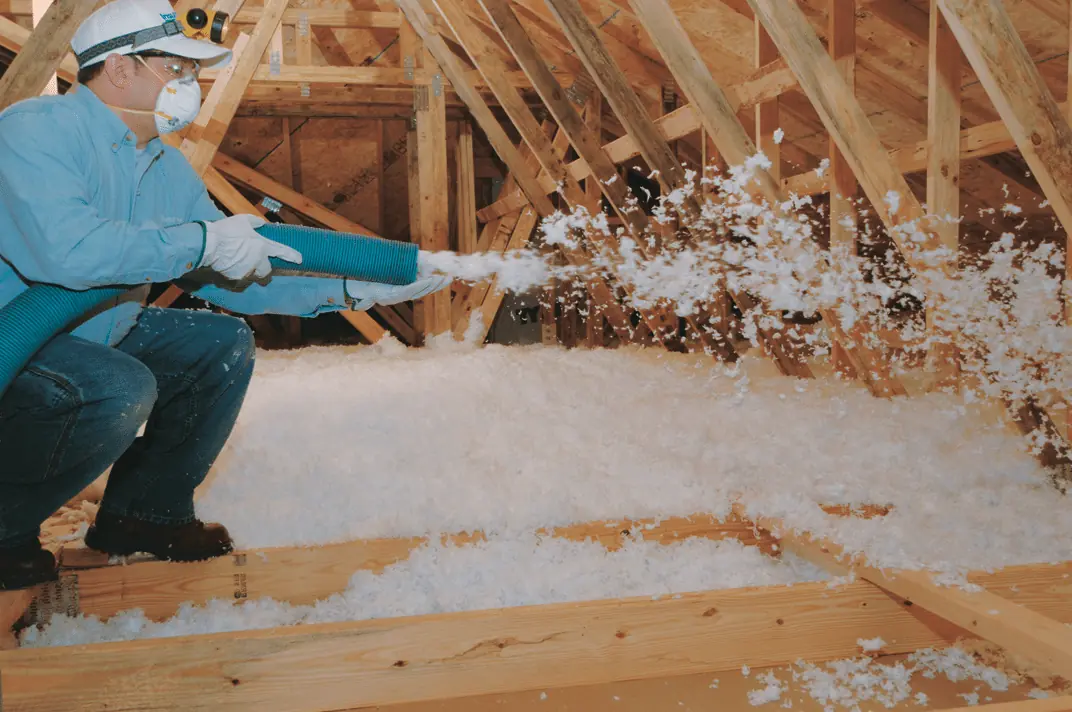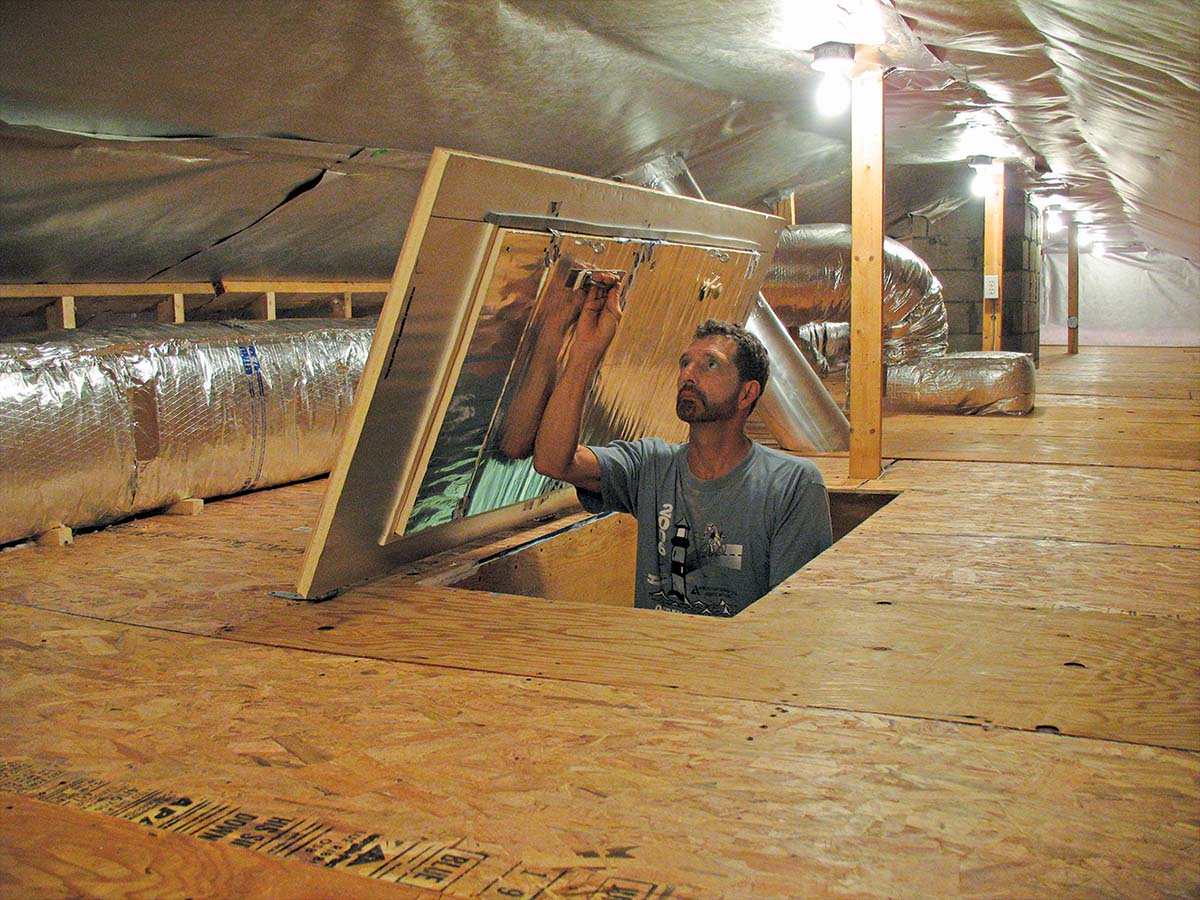Attic Insulation DFW: What You Need to Know Prior To Updating Your Insulation
Discover the Various Sorts Of Attic Insulation and Their Distinct Benefits for Your Home's Energy Performance

Fiberglass Insulation
Fiberglass insulation is among the most frequently used materials for attic insulation due to its exceptional thermal performance and cost-effectiveness. Composed of little glass fibers, this material properly traps air, producing a shielding barrier that aids keep consistent interior temperatures. Its high R-value per inch makes it specifically efficient at withstanding heat transfer, which is critical for power conservation in homes.
Setup of fiberglass insulation is reasonably straightforward, typically readily available in batts or loose-fill kinds, fitting numerous attic room configurations. Additionally, it is non-combustible and immune to moisture, minimizing the danger of mold and mildew development. This sturdiness adds to its durability, making fiberglass a feasible long-lasting investment for house owners.
Moreover, fiberglass insulation is often produced from recycled materials, which improves its eco-friendliness. The product can also add to soundproofing, lessening sound transfer in between areas. While it is necessary to put on protective gear during setup to stay clear of irritation from the fibers, the overall advantages of fiberglass insulation, consisting of power financial savings and ecological considerations, make it a prominent option for improving attic performance and advertising a comfy living setting.
Spray Foam Insulation
Spray foam insulation is a very efficient option for attic insulation, known for its superior air securing and thermal performance. This ingenious insulation material is made up of a blend of isocyanate and polyol resin, which, when combined, increases swiftly to fill up voids and tooth cavities in the attic room space. Its capability to stick to numerous surfaces ensures a continuous obstacle against air leakages, dramatically lowering warmth loss during colder months and heat gain during warmer periods.
One of the vital advantages of spray foam insulation is its high R-value per inch, which suggests it supplies excellent thermal resistance in a reasonably thin application. This is particularly useful in attics where room is typically limited. In addition, spray foam can help decrease dampness build-up, minimizing the risk of mold and mold growth, which can be destructive to both the structure and indoor air top quality.
While the preliminary price of spray foam insulation may be higher than typical choices, its lasting energy financial savings, combined with raised comfort and enhanced home worth, make it a rewarding financial investment for house owners looking for improved power effectiveness. Attic Insulation DFW. Overall, spray foam insulation sticks out as an effective option for optimizing attic insulation
Cellulose Insulation

Cellulose insulation is a preferred option for attic room insulation, mostly composed of recycled paper items treated with fire resistants. This eco-friendly choice is understood for its outstanding thermal efficiency, properly minimizing heat transfer in both summer season and winter season. The dense make-up of cellulose enables it to load spaces and gaps in attic rooms, supplying a smooth barrier against air leakages.
Among the considerable benefits of cellulose insulation is its ability to stand up to mold and parasites, owing to the fire retardant therapies used throughout production. Additionally, it flaunts a high R-value per inch, which translates into superior power effectiveness. House owners can anticipate lower heating and air conditioning expenses as an outcome of improved insulation.
Setup is typically completed via blowing loosened cellulose into the wanted area, enabling a quick and effective procedure. This method likewise lessens disruption to the existing framework. Cellulose insulation has a relatively low ecological impact, as its production process makes use of recycled materials, contributing to sustainable building methods.
Rock Wool Insulation
Among the different choices for attic insulation, rock wool, likewise referred to as mineral wool, stands out as a result of its impressive thermal and acoustic performance. Made from recycled or natural products, rock woollen is produced by melting rock and spinning it right into fibers, leading to a product that provides outstanding insulation homes.
One of the considerable advantages of rock wool insulation is its high R-value, which suggests its performance in standing up to warmth circulation. This characteristic not only enhances energy performance yet also contributes to keeping a comfy indoor temperature level year-round. Furthermore, rock wool is naturally fire-resistant, making it a much safer alternative for homes as it can hold up against heats without melting or releasing hazardous fumes.
Moreover, rock woollen insulation excels in soundproofing abilities, efficiently minimizing sound transmission in between areas and from outdoors sources. This makes it a perfect choice for homeowners seeking her explanation a peaceful living setting. Rock woollen is moisture-resistant, helping to prevent mold development and preserving the architectural honesty of the attic room. In general, rock woollen insulation supplies a comprehensive option for enhancing power efficiency, safety and security, and comfort in household settings.
Glowing Obstacle Insulation
Glowing barrier insulation works as an efficient option for minimizing warmth transfer in attics, specifically in warmer climates. This sort of insulation works by mirroring radiant heat far from living areas, therefore reducing the amount of warmth that goes into a home during hot weather condition - Attic Insulation DFW. Generally made up of an extremely reflective material, such as aluminum foil, radiant barriers are mounted in attic rooms, facing the roofing system, where they can intercept inbound warmth from the sun
The primary benefit of radiant barrier insulation is its capability to lower cooling costs. By mirroring warmth instead of Your Domain Name absorbing it, glowing barriers can assist preserve a much more steady indoor temperature level, reducing the workload on air conditioning systems. This efficiency translates into lower energy bills and enhanced convenience for home owners.
Along with power cost savings, glowing obstacles can likewise add to improved indoor air high quality. By decreasing warmth buildup, they aid reduce humidity degrees, which can avoid mold development and boost overall air flow. When installed correctly, glowing obstacle insulation can be a vital enhancement to any energy-efficient home, making it a worthy consideration for house owners seeking to improve their attic insulation approach.
Verdict
In conclusion, recognizing the different kinds of attic insulation-- fiberglass, spray foam, cellulose, rock wool, and glowing barriers-- makes it possible for homeowners to make informed choices concerning power performance. Each insulation kind presents special advantages, such as premium thermal resistance, wetness monitoring, and audio attenuation. By choosing the ideal insulation product, significant decreases in power prices can be accomplished, along with enhancements in interior convenience. Eventually, Continued the best selection contributes to a much more sustainable living environment and promotes overall power conservation.

In final thought, understanding the various kinds of attic room insulation-- fiberglass, spray foam, cellulose, rock wool, and glowing obstacles-- enables house owners to make educated choices concerning energy performance.